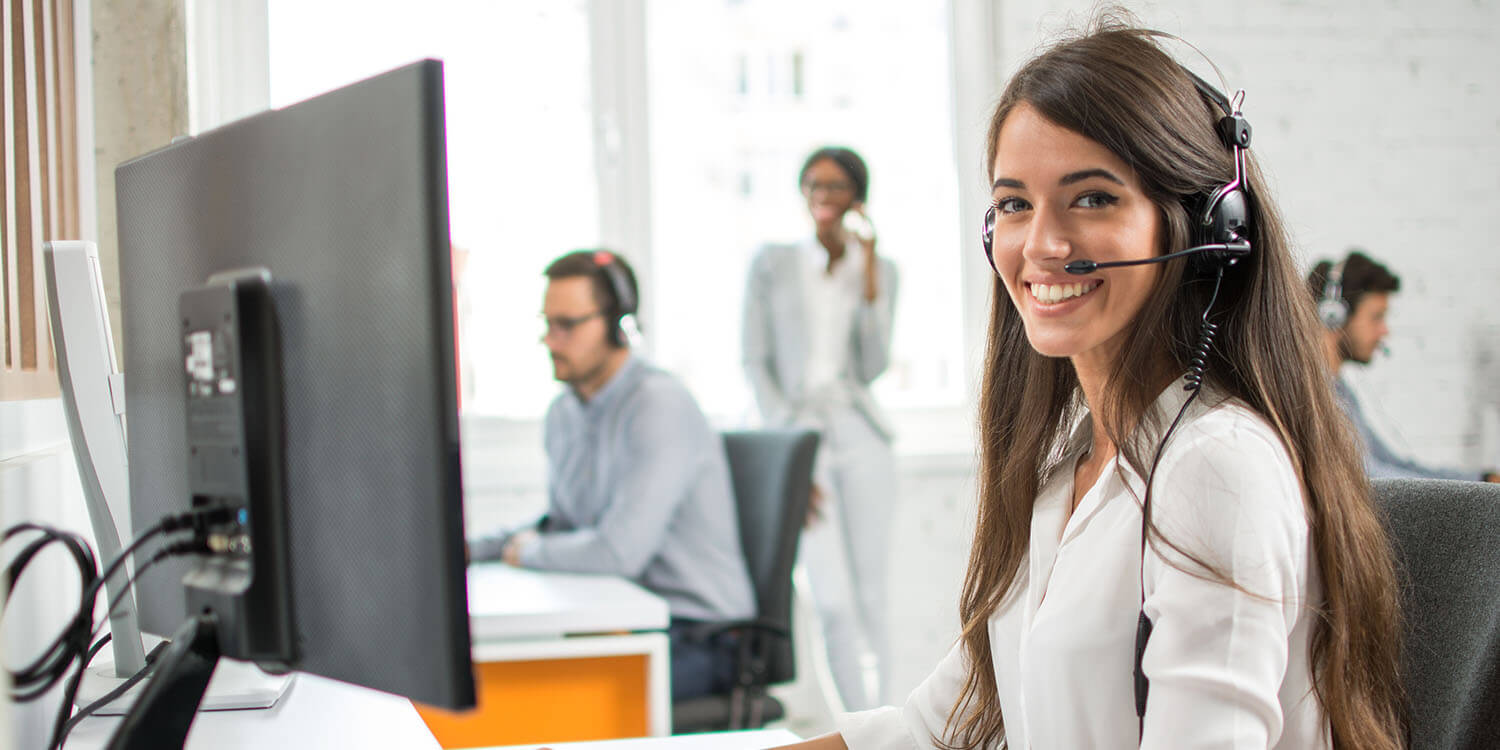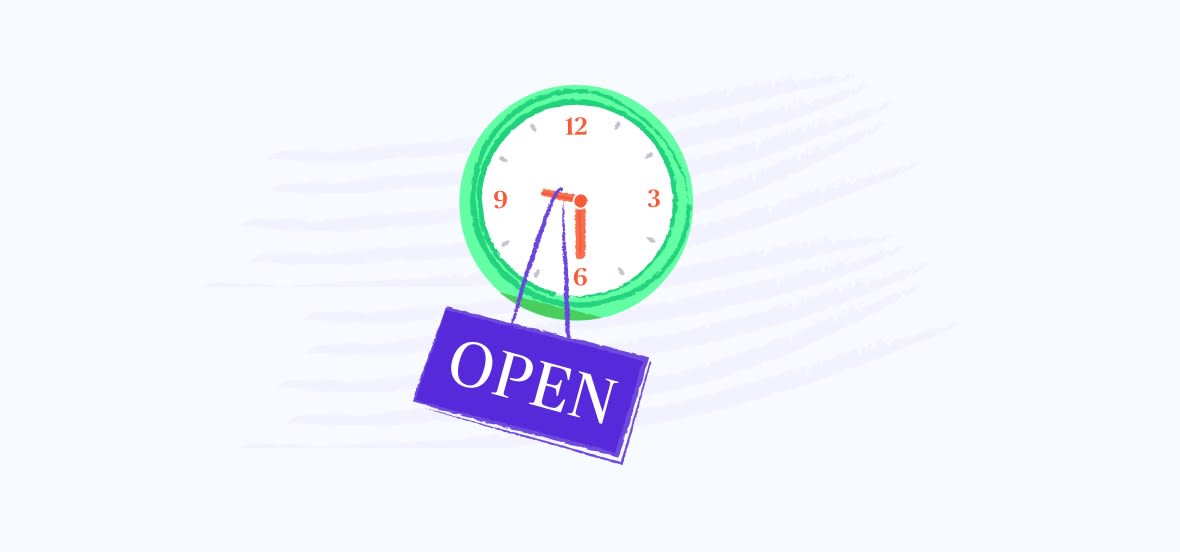All Categories
Featured
Table of Contents
- – Who Is The Best What The Heck Is An Answering S...
- – Which Is The Best What Are Call Answering Serv...
- – What Is The Best A Guide To Using Automated An...
- – Which Is The Best What Is A Phone Answering S...
- – Who Is The Best How Outsourced Phone Answerin...
- – What Is The Best What Is An Answering Servic...
Who Is The Best What The Heck Is An Answering Service?
This device and its followers were designed by Sava Jacobson, an electrical engineer with a private consulting service. While early voice mail utilized magnetic tape technology, the majority of modern-day devices utilizes strong state memory storage; some gadgets utilize a mix of both, with a solid-state circuit for the outbound message and a cassette for the incoming messages.
"toll conserving" listed below) (virtual answering service). This is helpful if the owner is screening calls and does not want to consult with all callers. In any case after going, the calling celebration must be notified about the call having been addressed (in many cases this begins the charging), either by some remark of the operator, or by some greeting message of the little bit, or resolved to non-human callers (e.
This holds specifically for the TADs with digitally saved welcoming messages or for earlier devices (prior to the increase of microcassettes) with a special limitless loop tape, separate from a second cassette, dedicated to recording. There have been answer-only gadgets without any recording abilities, where the welcoming message had to notify callers of a state of current unattainability, or e (answer phone service).
Which Is The Best What Are Call Answering Services? - Explained Company?

about schedule hours. In taping Littles the welcoming usually includes an invitation to leave a message "after the beep". An answering maker that utilizes a microcassette to tape-record messages On a dual-cassette answerphone, there is an outgoing cassette, which after the specified number of rings plays a pre-recorded message to the caller.

Single-cassette answering devices consist of the outgoing message at the start of the tape and inbound messages on the staying space. They initially play the announcement, then fast-forward to the next readily available space for recording, then record the caller's message. If there are many previous messages, fast-forwarding through them can cause a significant delay.
This beep is often referred to in the welcoming message, asking for that the caller leave a message "after the beep". Littles with digital storage for the tape-recorded messages do disappoint this hold-up, obviously. A little might use a remote control facility, where the answerphone owner can call the house number and, by entering a code on the remote telephone's keypad, can listen to recorded messages, or delete them, even when away from house.
What Is The Best A Guide To Using Automated Answering Systems Manufacturer

Therefore the device increases the variety of rings after which it addresses the call (generally by two, leading to 4 rings), if no unread messages are currently saved, however responses after the set variety of rings (generally two) if there are unread messages. This permits the owner to find out whether there are messages waiting; if there are none, the owner can hang up the phone on the, e.
Some machines also allow themselves to be remotely triggered, if they have been switched off, by calling and letting the phone ring a certain a great deal of times (typically 10-15). Some service companies abandon calls already after a smaller sized variety of rings, making remote activation difficult. In the early days of Littles a special transmitter for DTMF tones (dual-tone multi-frequency signalling) was regionally needed for remote control, given that the previously utilized pulse dialling is not apt to convey proper signalling along an active connection, and the dual-tone multi-frequency signalling was executed step-by-step.
Any inbound call is not identifiable with regard to these homes in advance of going "off hook" by the terminal equipment. So after going off hook the calls need to be changed to appropriate devices and only the voice-type is right away available to a human, however maybe, nevertheless should be routed to a LITTLE (e.
Which Is The Best What Is A Phone Answering Service, And How Does It Work? Company?
What if I informed you that you do not need to in fact get your device when addressing a consumer call? Another person will. So hassle-free, best? Addressing call doesn't require somebody to be on the other end of the line. Efficient automated phone systems can do the trick just as efficiently as a live agent and in some cases even better.
An automated answering service or interactive voice response system is a phone system that communicates with callers without a live individual on the line - reception services. When business use this technology, consumers can get the response to a question about your service simply by using interactions set up on a pre-programmed call circulation.
Although live operators update the client service experience, lots of calls do not require human interaction. An easy recorded message or instructions on how a customer can obtain a piece of information normally resolves a caller's immediate requirement - business call answering service. Automated answering services are a basic and reliable way to direct incoming calls to the ideal person.
Who Is The Best How Outsourced Phone Answering Service Can Help Your ...
Notification that when you call a business, either for assistance or product inquiry, the very first thing you will hear is a pre-recorded voice welcoming and a series of choices like press 1 for client service, press 2 for inquiries, and so on. The pre-recorded choices branch off to other options depending on the customer's selection.
The phone tree system assists direct callers to the ideal individual or department using the keypad on a smart phone. In some instances, callers can use their voices. It's worth keeping in mind that auto-attendant alternatives aren't limited to the 10 numbers on a phone's keypad. Once the caller has actually chosen their first alternative, you can create a multi-level auto-attendant that uses sub-menus to direct the caller to the best sort of help.
The caller does not have to communicate with a person if the auto-attendant phone system can handle their concern. The automated service can route callers to an employee if they reach a "dead end" and require help from a live representative. It is expensive to hire an operator or executive assistant.
What Is The Best What Is An Answering Service? To Buy Right Now
Automated answering services, on the other hand, are substantially cheaper and supply considerable expense savings at approximately $200-$420/month. Even if you don't have committed staff to handle call routing and management, an automatic answering service improves efficiency by enabling your team to focus on their strengths so they can more efficiently invest their time on the phone.
A sales lead routed to customer care is a lost shot. If a customer who has product questions reaches the wrong department or gets insufficient responses from well-meaning staff members who are less trained to deal with a specific kind of concern, it can be a cause of disappointment and discontentment. An automated answering system can minimize the number of misrouted calls, thus assisting your employees make much better usage of their phone time while releasing up time in their calendar for other tasks.
With Automated Answering Systems, you can produce a tailored experience for both your personnel and your callers. Make a recording of your primary greeting, and merely upgrade it routinely to show what is going on in your company. You can develop as numerous departments or menu options as you want.
Table of Contents
- – Who Is The Best What The Heck Is An Answering S...
- – Which Is The Best What Are Call Answering Serv...
- – What Is The Best A Guide To Using Automated An...
- – Which Is The Best What Is A Phone Answering S...
- – Who Is The Best How Outsourced Phone Answerin...
- – What Is The Best What Is An Answering Servic...
Latest Posts
Guaranteed Virtual Phone Answering – QLD 4032
Quality Live Phone Answering
Top-Rated Virtual Call Reception Service for All Needs
More
Latest Posts
Guaranteed Virtual Phone Answering – QLD 4032
Quality Live Phone Answering
Top-Rated Virtual Call Reception Service for All Needs